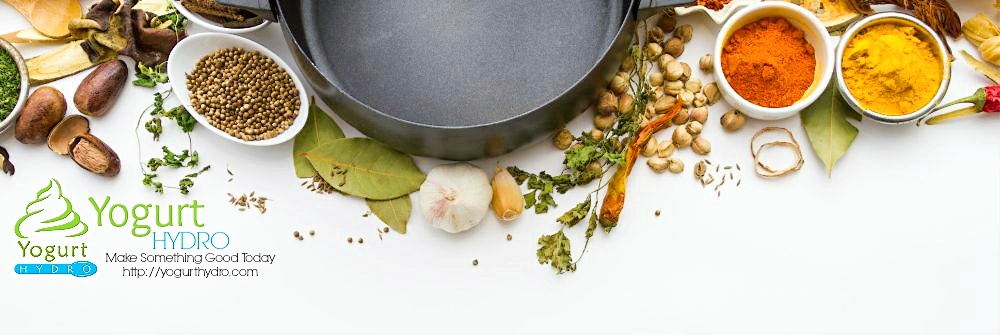Milk Kefir
2014-08-31Milk Kefir has a long (and interesting!) history. Pronounced Kuh-feer, milk kefir grains are a SCOBY (Symbiotic Culture Of Bacteria and Yeast) which, when cultured with milk become a wonderful probiotic rich beverage.
MK can range in consistency and flavors from a lovely fizzy milk drink to yogurt, or cheese and icing and ice cream (!), with flavors from mild to sour. The difference depends on temperature and length of ferment, so perfecting it to your tastes can take a bit of practise. Grains can be used to culture cows’ milk, cream (probiotic sour cream!!), goats’ milk, or non dairy milks.
Milk kefir and its’ whey can be used in baking and cooking (although extreme temperatures will destroy the beneficial bacteria) from breads and cakes to soups. Kefir whey can replace whey or buttermilk in recipes, drank as is, or use it to feed pets or plants.
The grains thrive on the lactose in milk. Therefore; although it can be used to culture non-dairy milks, be sure to use the grains in dairy milk again afterwards to keep them happy and healthy. I use full fat.
Once cultured, milk kefir can be flavored (try it with a bit of pineapple or raspberry, yum!), or drank as is. To make a “cream cheese”, strain MK through several layers of cheese cloth, butter muslin or a sterile tea towel into a container to catch the whey. Leave to drain for at least 12 hours or until it reaches desired consistency. A little salt and some herbs flavor it up nicely!
All grains are different, and quantities needed to culture differ for each SCOBY. For a new culture, start off using less milk, while an established happy healthy culture can usually perform better.
Cultures are available for purchase here: Water Kefir Grains, or Milk Kefir Grains.
Ingredients
- 1/4 cup milk kefir grains
- 2 1/2 cups milk
Method
Step 1
Add milk to grains in sterile non reactive vessel.
Step 2
Cover with a tea towel or coffee filter held with elastic band.
Step 3
Leave at room temperature for 24 - 48 hours (to taste). You don't need to actually stir it, but every once in a while, shake it a bit. (Don't worry if you forget, it will be ok.)
Step 4
Strain using non reactive fine mesh strainer, or simply use clean fingers to remove grains for next batch.

















posted by krysprincess on March 29, 2015
sounds delicious it looks alot thicker then milk
posted by Yogurt Hydro on April 1, 2015
Yes, when the milk ‘kefirs’ it thickens up. If you shake it often while it’s fermenting it tends to stay a bit thinner, but I prefer letting it get thick.:)
posted by Mai Tran on May 15, 2015
This is a completely new concept for me. I need to find out how to make ice cream from this. Thanks for this info.
posted by YogurtHydro on May 15, 2015
It makes good ice cream. I’ll do a post about it and show you.:)
posted by Laura m on June 17, 2015
I’ve been making kefir for a year and have really enjoyed the benefits!
posted by YogurtHydro on June 20, 2015
I first found out about it maybe 4 years ago, I am absolutely hooked. Wonderful stuff!:)